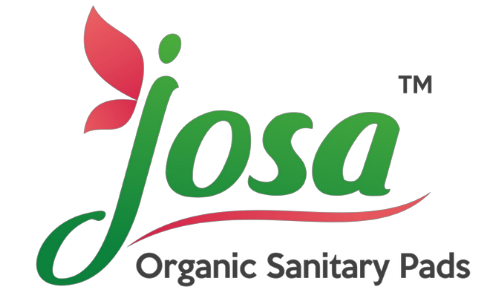
Every year, the world generates enormous amounts of menstrual waste. According to the National Geographic Society, an estimated 500 billion disposable menstruation items are used worldwide annually.
This poses a huge environmental danger because traditional sanitary pads are not biodegradable and can take hundreds of years to degrade.
However, the advent of Organic sanitary napkins offers a promising solution. Here are seven eco-friendly ways to dispose of organic biodegradable pads in 2024.
Why is it important to properly dispose of sanitary pads?
When handling a used sanitary pad, things can become nasty, but they shouldn't if you do it properly.
On an individual level, your pad's odor can attract irritating flies, but exposed menstrual blood can also serve as a breeding ground for various horrible microorganisms.
You wouldn't want a curious youngster or pet at home digging through the trash and removing the pads. Nobody wants to open their bin or anyone else's, even though everyone is trained to accept that periods are a natural phenomenon.
Here are 5 Methods of Disposing Organic Biodegradable Pads

- Recycling Biodegradable Bags
Disposing of biodegradable pads in biodegradable garbage bags is another environmentally good option. The pads and these bags break down together, making the disposal procedure environmentally benign. This approach is constructive in cities where composting may not be practical.
- Putting Your Pad in the Bathroom Garbage
Sanitary pads should be disposed of properly by rolling them up with the bleeding side inside, wrapping them in paper, and placing them in a different lidded bin designated for biohazardous trash. After that, wash your hands. As pads can clog drains and result in sewage backups, never flush them.
- Composting
One of the best methods for getting rid of biodegradable sanitary pads is composting. Compost is created from compostable materials and is nutrient-rich and good for plants.
Composting is a fantastic way to dispose of biodegradable sanitary pads. These pads are often made from organic cotton, bamboo fiber, or corn starch. However, it's crucial to make sure the pads are biodegradable and devoid of any plastic materials that could impede the composting process.
Saathi, an Indian company, uses biodegradable and compostable banana and bamboo fiber to make its pads. These pads can be composted, returning valuable nutrients to the soil and reducing landfill waste.
- Waste-to-Energy Facilities' Incineration
Waste-to-energy plants in several cities burn garbage, including menstrual waste, to produce energy. Although burning isn't the greenest choice, it can work for biodegradable pads because they emit fewer hazardous emissions than conventional plastic-based pads.
Expert Quote: "Menstrual cups can be a game-changer for those comfortable with internal insertion and offer significant environmental benefits," says Dr. Anna Lee, a menstrual health specialist Source: Interview with Dr. Anna Lee
- Partnering with Waste Management Services
Eco-friendly disposal of biodegradable pads can be guaranteed by collaborating with waste management companies that specialize in biodegradable garbage. These firms can collect and treat the pads, ensuring that they are composted or disposed of properly.

Conclusion
One big step in lowering menstrual waste and its negative effects on the environment is the switch to natural sanitary products
Menstrual hygiene can continue if we embrace environmentally friendly disposal techniques, including composting, flushing, utilizing biodegradable waste bags, incinerating waste in waste-to-energy facilities, using designated sanitary bins, collaborating with waste management agencies, and spreading awareness. As we advance, spreading awareness of these practices and ensuring their efficacy will require persistent innovation and education.

